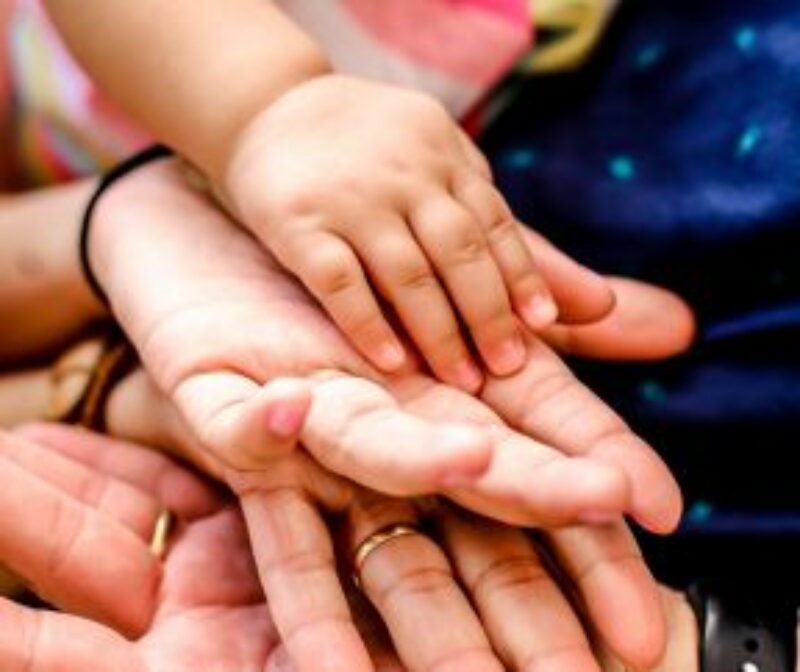Living just down the street from a major river, I can go up on the levee and have both shorelines in view. I watch all the many barges and fishing boats make their way up and down this massive, essential waterway. The captains of these vessels all know one thing for certain—they are going to run into trouble if they get too close to either shoreline.
Just as these ships balance between the river’s shorelines, our brains mimic this ebb and flow between our own rocky shorelines of rigidity and chaos. We often go through life unaware of where we are on this river. When we run ashore into rigidity, we cling tightly to our views, becoming dogmatic and closed to what life is trying to teach us. This often hinders our ability to attune and connect with others.
We also suffer by lingering on the shore of chaos, unclear about what we believe, without a sense of inner knowing, while creating disruptions in our relationships with others. When our awareness or self-organization is flowing optimally between rigidity and chaos, our mental health is in a state of harmony. In real life practice, we approach one shore and then another, trying to navigate the flow, attuning with others as they do the same. This attuning to others helps us navigate the river of life.
The way we understand ourselves—how we regulate our emotions, our thought life, self-understanding, morality—is shaped through our orientation with others. Attuning with others is how we construct this orientation. It happens from our earliest moments when we cling to our mothers for comfort and understanding. We experience it when we witness someone suffering pain—our brains mirror that pain. When we see someone laugh, it lights us up. We are connected, and it is this linking of who we are with others that grows our capacity to navigate the waters between rigidity and chaos.
The linking of ourselves with others also allows the left and right hemispheres of the brain to coordinate. It perpetuates a loop—the more we embrace our interconnectedness, the better we can regulate ourselves and, once again, connect to others. As we grow in our ability to regulate and connect, we find adaptability and agility in between the shores of rigidity and chaos.
Continue Exploring

Blog
Attachment Styles: Why Does Love Sometimes Feel so Difficult? (Part 1)
What do you need to understand about your attachment style?

Blog
Attachment Styles (Part 2): Will Love Always Feel This Hard?
Understand attachment through this case study.

Love
What’s Love Got to Do with It? Possibly, Everything!
Thrive Fellow, Rebecca Baer, explains why loving relationships are central to thriving and the qualities we need to get and give love.
